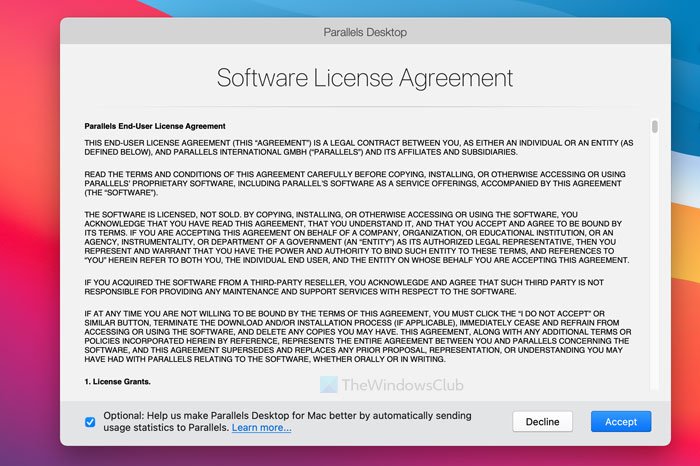

This command will delete any remaining files associated with Parallels from your computer's library folder. Click on each item and then click the “-“ button at the bottom of the window to remove them from your startup sequence.įinally, open a Terminal window (by typing “Terminal” into Spotlight) and type in: sudo rm -rf /Library/Application Support/Parallels/. Select Login Items from the list at the top of the window and find any items related to Parallels that were set up to launch at startup. Next, open System Preferences and click on Accounts. This will remove the Parallels application from your computer. Find the Parallels folder in the list of programs and drag it to the Trash icon in your Dock. First, open the Finder window and select Applications from the left-hand sidebar. Uninstalling Parallels on Mac is a relatively simple process and can be done in just a few steps. However, if you no longer need Parallels, you may be wondering how to uninstall it from your computer. This can be useful for running software that is not available on Mac OS X, or for running multiple operating systems at the same time. Leave the burned disc in the optical media drive.Parallels is a powerful virtualization software that allows Mac users to run Windows, Linux, and other operating systems on thir computers.Burn the contents of this disk image to a CD (This can be accomplished using either Toast of Apple's Disk Utility.Mount the VMtools.iso disk image by double clicking it.In Mac OS X, navigate to /Library/Parallels/Tools (Note that this is the top level library not the one under home directory.".Install the Parallels Desktop Build 3188 update.Restart Windows (this should happen automatically).



 0 kommentar(er)
0 kommentar(er)
